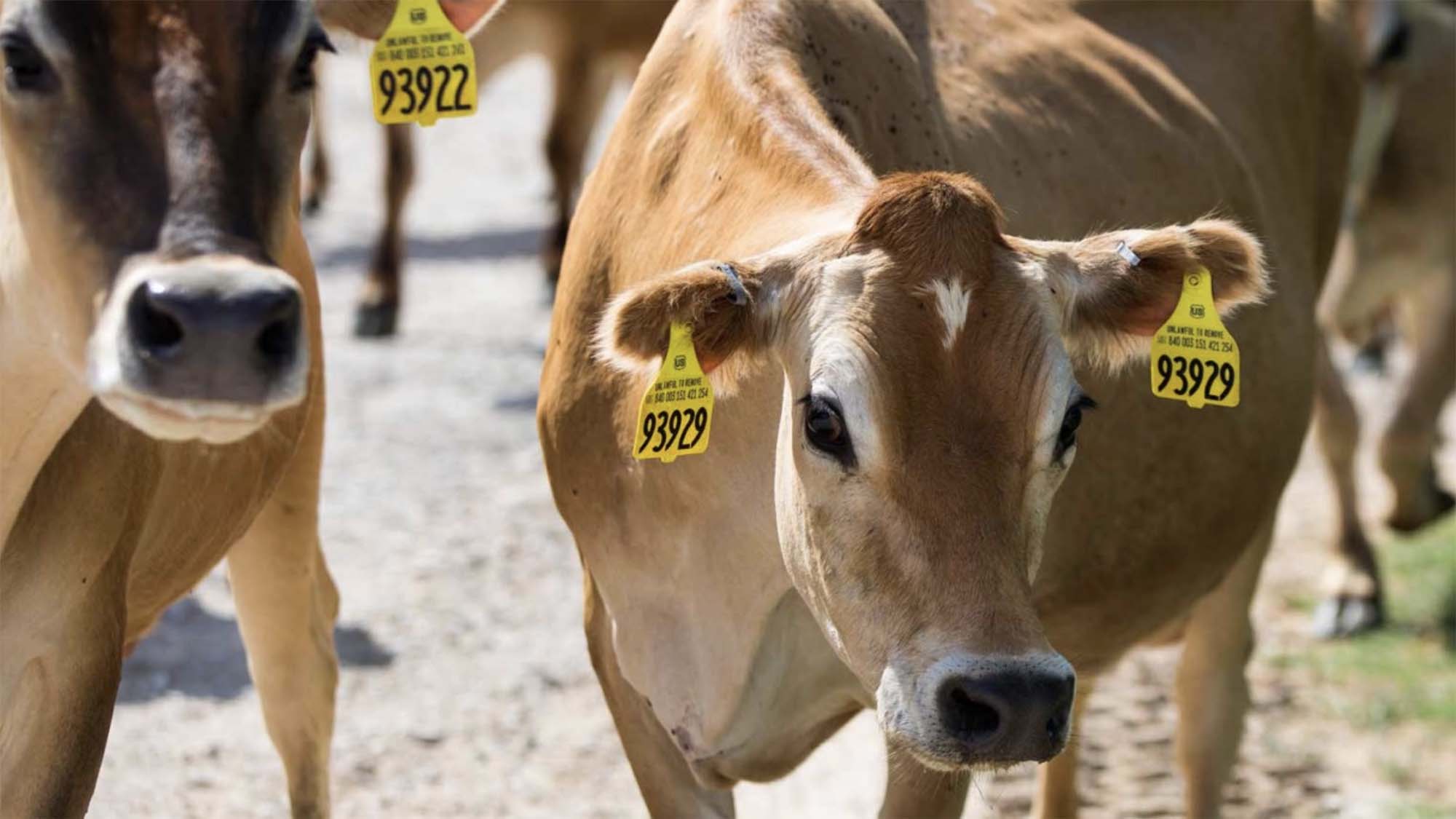About Aurora Organic Dairy
Founded as a small family farm, Aurora Organic Dairy (AOD) has evolved into a leading vertically-integrated producer of private label organic milk products. Based in Boulder, Colorado, AOD prides itself on sustainable farming practices and a commitment to high-quality dairy products.

The Challenges Before PCS
Before adopting PCS, Aurora Organic Dairy grappled with an outdated ERP system supplemented by manual data entry and spreadsheet management. This led to inefficiencies in freight tendering, shipment tracking, and overall logistics management—critical areas for a company dealing with perishable goods.
"We were constrained in our ability to scale up as our business grew and became more complex."
The Results
With the implementation of PCS, Aurora Organic Dairy has seen transformative changes across its logistics operations. Here's how PCS has made a difference:
Streamlined operations
Implementing PCS has revolutionized AOD's logistics by automating previously manual tasks. This change has reduced the need for manual data entry, driving significant efficiency and allowing the company to focus on scaling operations.
"The primary objective for the project was to automate and standardize our processes so that they could be much more quickly and efficiently executed."
Improved visibility
PCS has significantly improved visibility within AOD's logistics operations, enabling better decision-making and more efficient management of the entire supply chain. The system provides real-time data on transportation, which is crucial for managing perishable products effectively.
"Expanding visibility into carrier rates in the system immediately improved our ability to make routing guide decisions based on accurate information regarding service types and costs."
Cost savings and improved strategic planning
The introduction of PCS TMS has transformed how Aurora Organic Dairy manages costs and plans strategically. The system's efficiency has not only saved on direct operational costs but also improved overall supply chain management, leading to long-term financial benefits.
"The automation of logistics processes proved so effective that no additional headcount was required. In fact, AOD reports the efficiencies delivered eased the workload for their existing team, enabling a greater ability to methodically plan and execute strategic practices, improving transportation performance across the board."

Conclusion
Implementing PCS has driven growth and efficiency for Aurora Organic Dairy, streamlining their logistics, enhancing operational visibility, and enabling cost-effective management. This shift from manual processes to an automated TMS has empowered AOD to continue its growth and maintain its commitment to sustainability and quality in the organic dairy market.

Fast Facts about Aurora Organic Dairy
-
Company Type: Food & beverage, dairy industry
-
Headquarters: Boulder, Colorado
-
Expansion: National supplier of organic milk products
-
Mission: Provide high-quality organic dairy products sustainably
-
Uses PCS for: Comprehensive transportation management since 2015
Subscribe to our newsletter
Get monthly news and insights.
Sign up for our newsletter & receive the latest blog posts, industry news, and helpful guides delivered straight to your inbox.